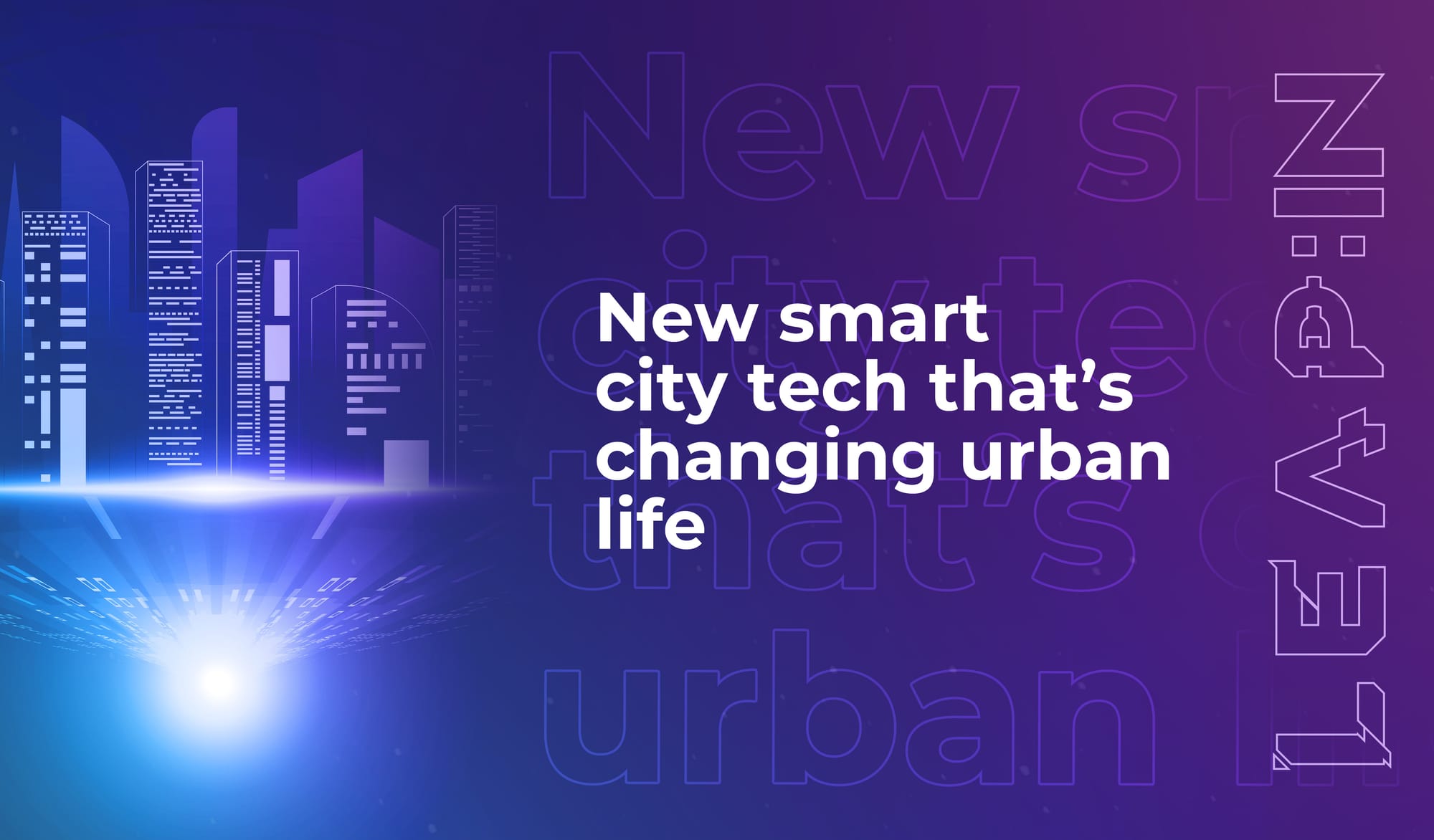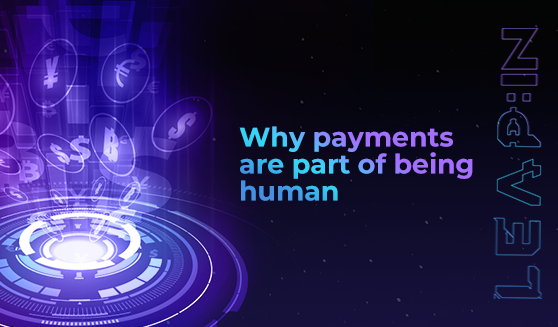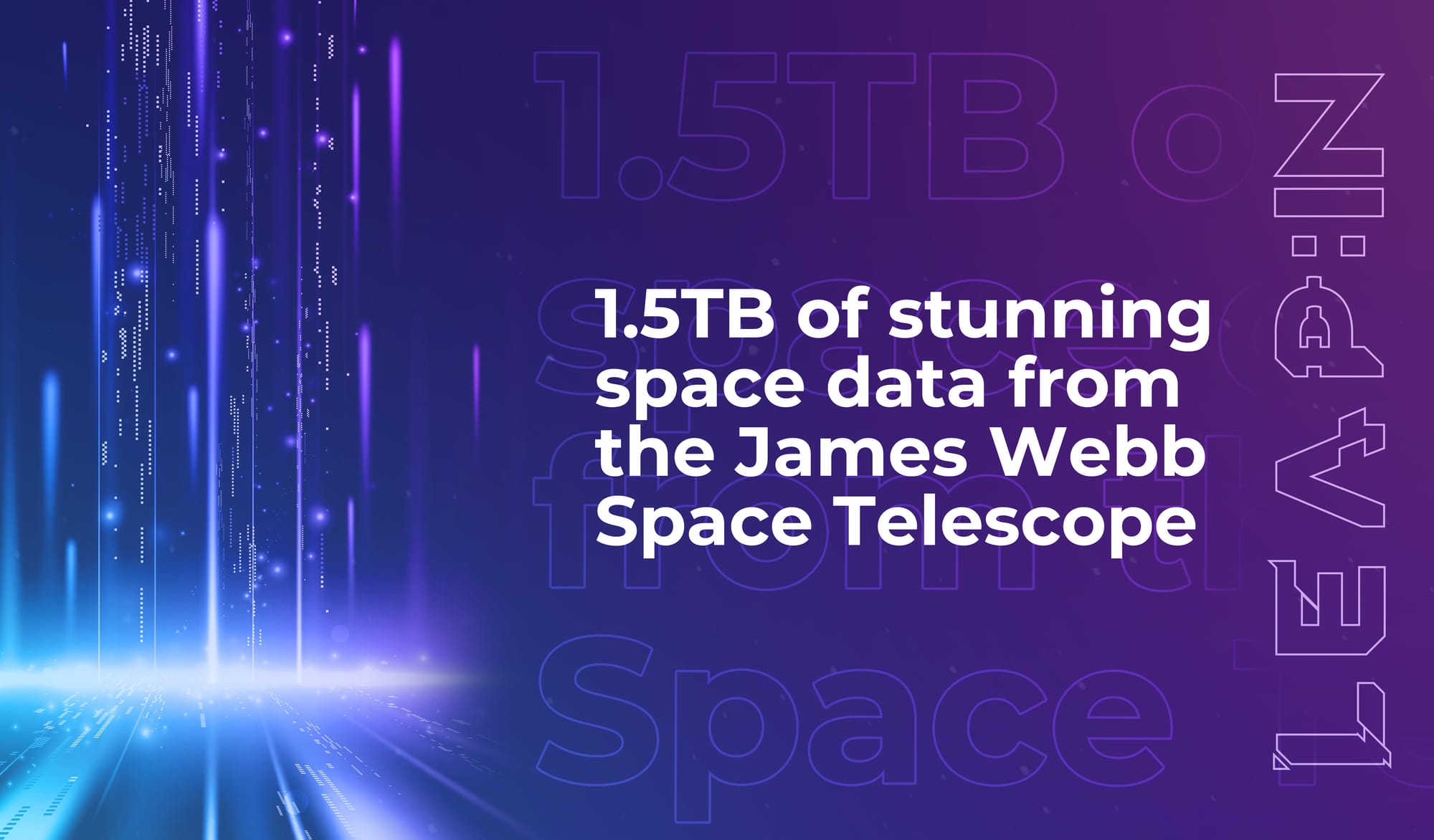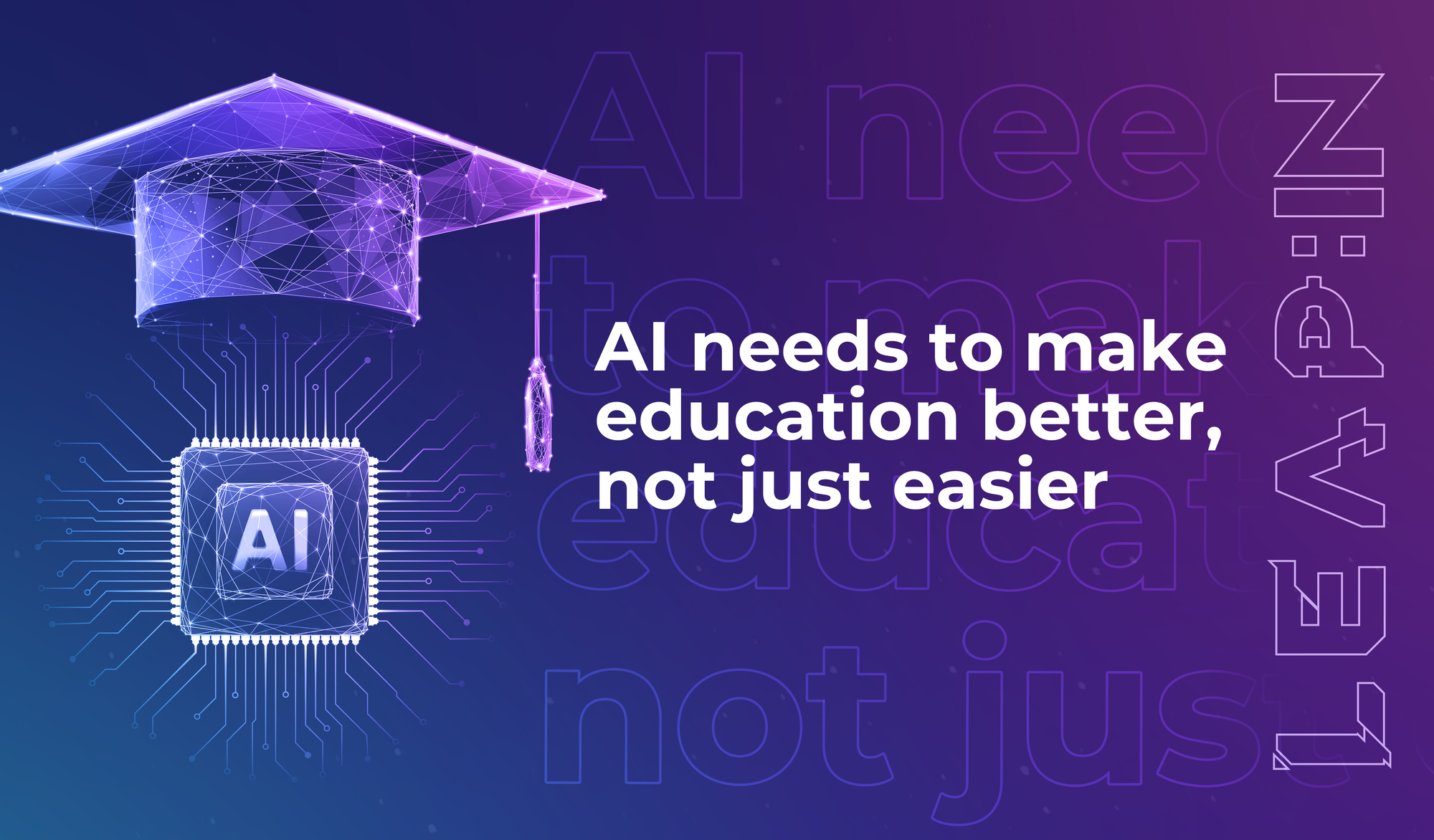

Why payments are part of being human

Discover our regular dose of wisdom from #LEAP23 speakers right in your inbox – with interviews exclusive to the LEAP blog and newsletter.
This week we’re quoting…
Dr. Ritesh Jain (Co-Founder of Infynit)
What Jain said:
“If financial services are the heart of the economy, payments are the blood flowing through it. Digital & Contactless Payments have forever changed financial services, customer experience and fintechs.”
Payments aren’t a faceless thing
Forward-thinking fintech founders like Jain understand something: payments aren’t just a technical process. Tech-based payments are an extension of social interactions that have happened in numerous different ways through the history of humans.
And in the digital era, digital payments are key tools through which we make daily exchanges of value – so we need them to feel good.
Debt as a social agreement
Inspired by Dr. Jain, we wanted to expand our minds and learn more about payments and how they play into our human social experience. So we picked up a book called Debt: The First 5,000 Years by the late David Graeber, an American Anthropologist.
In that book, Graeber argued that we’ve got our understanding of debt all wrong. It’s not just a new, negative situation to be in; debt isn’t a disaster. Instead, debt is a social agreement which ensures future social contact.
If you exchange something with someone for something else of equal value, that means you never have to see the other person again. But if you exchange it for a promise – a debt – then there’s an obligation to interact again. To engage. To build a relationship. And because we’re wired for connection, building relationships feels fulfilling to us.
The value of the debt isn’t just a calculation. The value of the debt is in the connection it creates between the two parties involved.
And what’s this got to do with payments?
Well, it got us thinking about a payment trend that’s been growing significantly over the last few years: buy-now-pay-later (BNPL).
Some numbers on BNPL:
- One survey found that as of 2021, 60% of consumers had reported using a BNPL service; and of that number, 46% are still making payments (source: C+R Research)
- On average, the average BNPL user is financing four items at any one time (source: Bankrate)
- There are currently around 360 million BNPL users (source: Exploding Topics)
- It’s estimated that consumer spending on BNPL services will reach USD $437 billion globally by 2027 – up by 290% from 2022 (source: Juniper Research)
And yet, in theory, BNPL doesn’t immediately sound like a good idea, right? It means you’re probably spending money you don’t yet have. But research shows the people really like BNPL. A hefty 56% of consumers say they prefer BNPL to credit cards (source: Bankrate), and Millennial and Gen Z favour it even more than older generations.
Is it because we crave a relationship?
Most market research puts the positivity around BNPL down to convenience and user experience. But what if part of that good user experience is because BNPL activates that part of us that wants to engage in a relationship when we buy something, instead of just executing a like-for-like transaction and then going about our day?
We’re speculating here. But the idea that payments are a social experience and not just a technical process is really important – and keeping that idea in mind will enable more user-centric payment solutions as the fintech industry continues to shift towards serving its customers in ways that work for them.
Read our interview with Dr. Ritesh Jain: The people behind the payments


1.5TB of stunning space data from the James Webb Space Telescope
Get some perspective from 800,000 galaxies

Related
articles


1.5TB of stunning space data from the James Webb Space Telescope
Get some perspective from 800,000 galaxies

